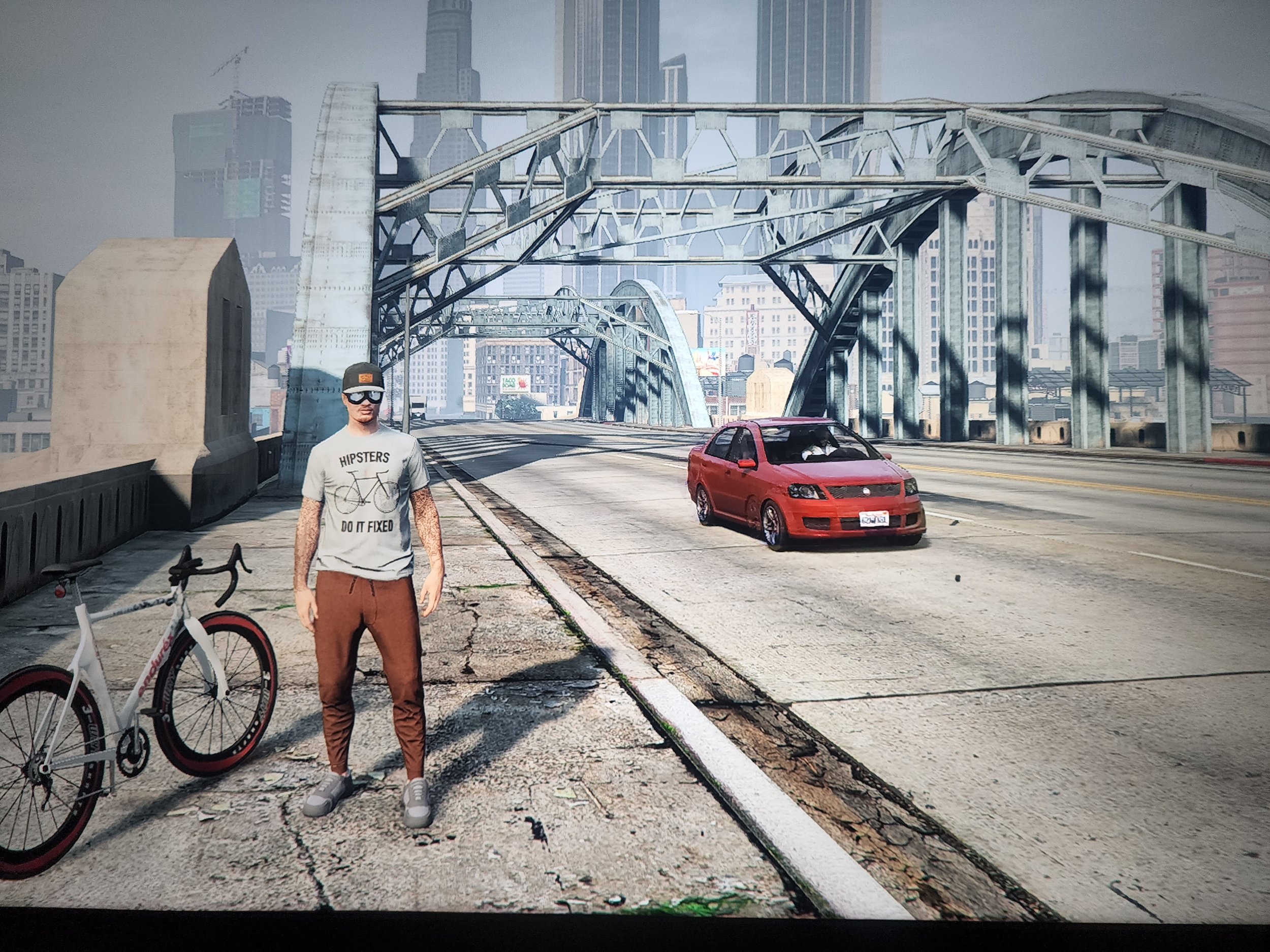South Side streets, micromobility misfires, e-bike discourse
For the entirety of the past year East Carson Street – the central corridor through Pittsburgh’s South Side – has been undergoing a slow and stymying overhaul. The construction project has involved street closures, blocked sidewalks, and haphazardly reconfigured intersection crossings (I previously chronicled my own frustrations with mobility in the neighborhood). Supposedly the project is finally drawing to a close, although a basic visual survey of the streetscape suggests that a significant amount of work remains to be done. Street paving operations, one of the final stages of the project, were recently shifted from overnight hours to the daytime due to harassment of workers. Prior to the re-paving the street was jackhammered and stripped down to the underlying stone (I’m actually not sure if these are considered cobblestones or setts).
I read an unsubstantiated claim on the Pittsburgh subreddit saying that the Carson Street project was being overseen by PennDOT instead of the city Department of Public Works as a cost-saving measure, and as such the overall approach and materials used are typical of highway maintenance rather than street repair. I have no idea if this is accurate but it might explain why the current state of Carson Street is such a motley mix of materials and surfaces. Frankly, the redesigned streetcorners and placement of new utility posts along the sidewalk suggest an ignorance of fundamental pedestrian use and mobility.
Meanwhile, Miami-based micromobility startup Bolt Mobility abruptly ceased services in a number of U.S. cities this summer. A Tech Crunch article considered the broader implications for a depopulating micromobility market.
In a Time editorial published last month, Paris Marx (author of the recently published Road to Nowhere: What Silicon Valley Gets Wrong about the Future of Transportation) scrutinizes the myopic mobility visions of Elon Musk:
“Elon Musk has wielded a virtual monopoly on how we think about the future, but will his visions really deliver better lives for most people in our society? For all the tech industry’s talk of ‘disruption,’ keeping us all trapped in cars for decades into the future by equipping them with batteries or upgraded computers doesn’t feel like much of a revolution.”
Over the years this blog has referenced writings by Ian Bogost, typically on issues relating to technology or video games. Bogost recently penned a new piece on technology, this time tackling the e-bike. People have dogpiled on the article on Twitter already so I don’t want to recapitulate those responses here, but without even getting into the potential merits of the essay’s sentiments it’s easily the lamest writing I’ve personally seen from Bogost.
“Perhaps my e-bike ambivalence comes in part from the bike’s strange social status. An e-bike isn’t cheap—the least expensive ones are about $1,000, and they go up to $5,000 or more. But the symbolic value one receives in exchange is minimal. Spending five large on a conventional bike would get you a status symbol—you’d come off as a cyclist for sure. For that matter, spending that dough on a Vespa would infuse you with an Aperol-tinged Italianate cool. You’d want to be seen arriving on your moped. But I don’t want anybody seeing me on my e-bike. It’s just kind of embarrassing.”
Anyway, Vice writer Aaron Gordon penned a response piece arguing that America does indeed have an “e-bike problem,” but it’s not one of those identified by Bogost:
“E-bikes do have a big problem in the U.S., one that I have been increasingly concerned about as someone who very much advocates for e-bikes and wants to see them take off in this country. It is related to Bogost’s point that e-bikes don’t quite fit with any American identity, but in a much more—literally—concrete way. E-bikes don’t belong anywhere in particular on American infrastructure, which makes them both more frustrating, more dangerous, and more annoying than they otherwise could be. And it’s unnecessarily generating friction between traditional cyclists and e-bikers despite their obvious shared interests in repurposing street space from automobiles.”
Writing at Streets Blog USA, Kea Wilson focuses in on Bogost’s fixation with the “symbolic value” of the e-bike in comparison to other modes of transportation:
“Two-wheeled transportation has been cast not just as the purview of the “twee,” the “jerks,” or the “pathetic losers,” but, variously, of the middle-aged man in Lycra and the snot-nosed kid, the gentrifying hipster and the lazy poor person, the scofflaw stoplight runner and the insufferable nerd who’s holding up traffic and deserves to be mowed down by motorists with important places to be. And to be fair, even among bike advocates, cycling can too easily be stereotyped as a silver-bullet solution to some of society’s most enduring problems; it’s what Dr. Melody Hoffman calls a “rolling signifier” that can easily morph into or a scapegoat, or a superhero, or something else entirely, depending on who’s looking and what their agenda is.”
Incidentally, I had my first e-bike experience just last week, riding a POGOH electric-assist cycle back home along the river trail. It was fun and even thrilling, but it did feel uncomfortably overpowered for the bike path. However I’m eager to try one out on the uphill commute into Oakland.






